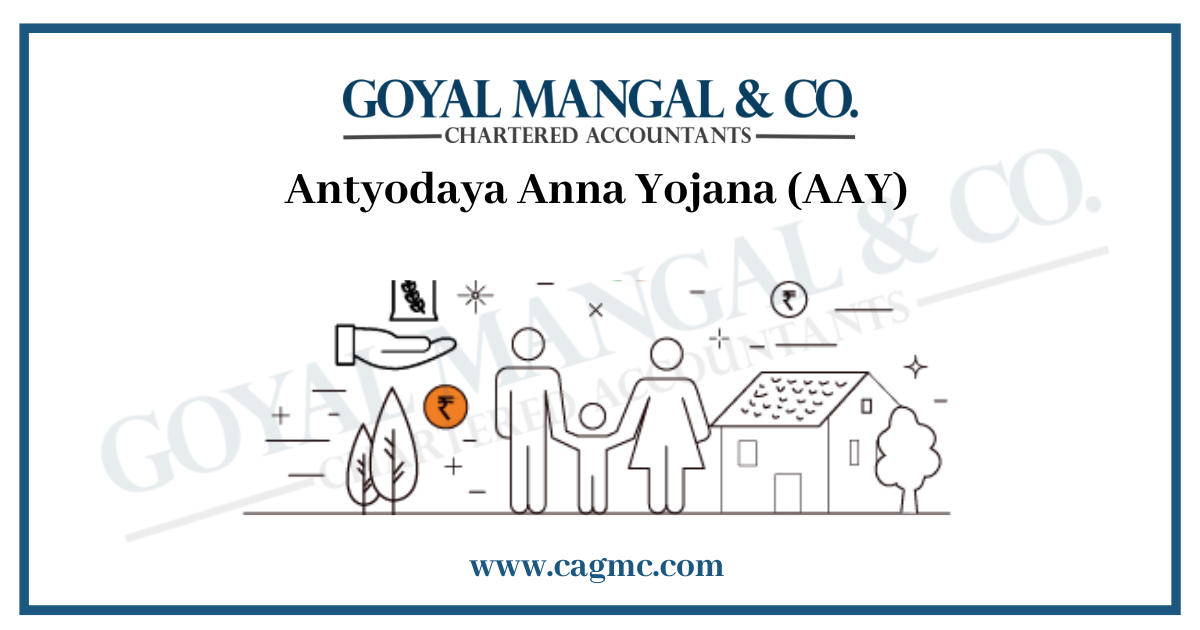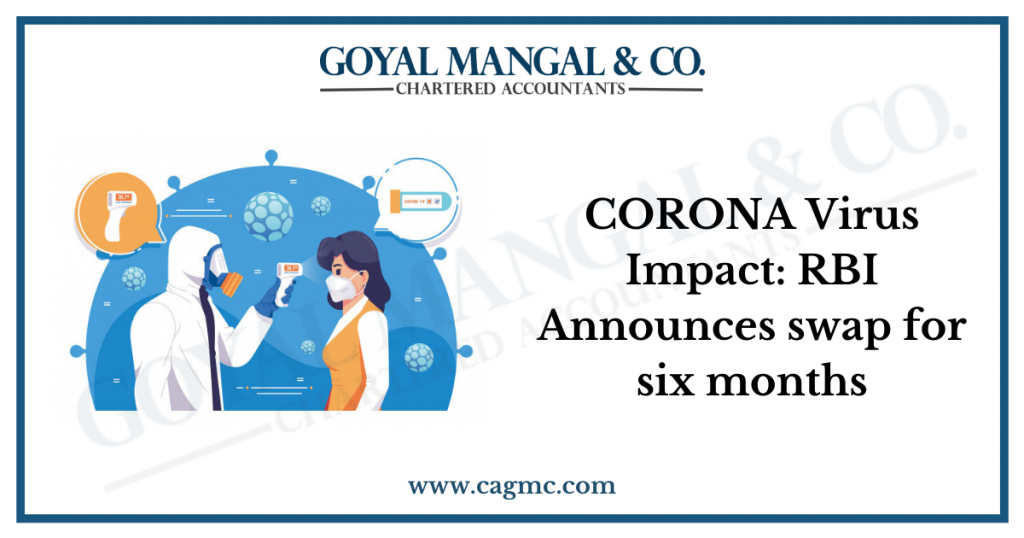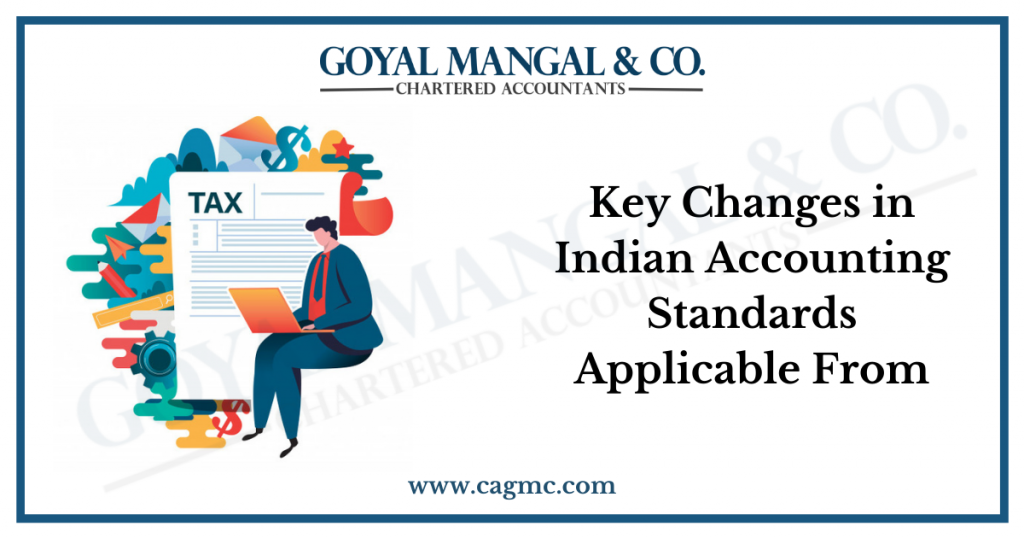 Hunger is a disease for which no medicine has been invented. This statement seems correct as it correctly justified the reasoning presented by the great philosopher of the times named “Thomas Hobbes.” Hobbes in his book called “Leviathan” argued that there is no democracy or law lies with the Hungry men, as the only potential thing required by the hungry men is Food, with which he will be able to sustain in life and also which is also the basic need of the major portion of the society. The Government of India has also taken a step in protecting this basic of society by initiating a scheme which is known as Antyodaya Anna Yojana. In this write-up, we will be discussing Antyodaya Anna Yojana (AAY) in detail.
Hunger is a disease for which no medicine has been invented. This statement seems correct as it correctly justified the reasoning presented by the great philosopher of the times named “Thomas Hobbes.” Hobbes in his book called “Leviathan” argued that there is no democracy or law lies with the Hungry men, as the only potential thing required by the hungry men is Food, with which he will be able to sustain in life and also which is also the basic need of the major portion of the society. The Government of India has also taken a step in protecting this basic of society by initiating a scheme which is known as Antyodaya Anna Yojana. In this write-up, we will be discussing Antyodaya Anna Yojana (AAY) in detail.
Antyodaya Anna Yojana
Antyodaya Anna Yojana is the scheme introduced by the Government of India with the aim to free India from hunger. A Central Government initiated this with the aim and object to provide basic livelihood i.e. food at a very reasonable rate to a certain class of people so that hunger can be removed from the nation and launched in December 2000.
In this scheme, Below Poverty Line (BPL) cardholders can get rice, wheat, and 1kg of Sugar per month via ration shops. State/ UT shall bear cost shall bear the transportation cost, distribution cost, and margin to seller and retailers.
Objectives of Antyodaya Anna Yojana
Its main aim is to provide grains and daily needs at subsidized rates. To differentiate ‘green ration card’ is generally issued under this scheme to the beneficiaries. This scheme is applicable in rural, urban, tribal, and mountain areas where people have to face many troubles to get food two times. It has covered many categories with an aim and object that no person can be deprived of their basic livelihood. Widows are also covered as a beneficiary in this scheme.
Importance of Antyodaya Anna Yojana
The following are the importance of Antyodaya Anna Yojana:
- Cost of Food Grains: The AAY plan provides food and other goods to all the poor, or beneficiaries, as we call them. This is done at a reduced fee. A public distribution system is also used for distribution. Wheat costs Rs.3 per kg and rice costs Rs.2 per kg under this scheme. Every month, all qualifying households will get 35 kg of rice. Families in this category can purchase 1 kilogram of sugar at a cost of Rs.18.50 per kg from ration stores.
- Specialization in Ration Cards: The AAY recipients are identified by the Central and State Governments of India. Following identification, AAY households will be given distinct colored ration cards. In Kerala, AAY households are given a yellow card, whilst AAY recipients in Telangana are given a pink ration card. The family is first determined as eligible, and then they are granted a one-of-a-kind “Antyodaya Ration Card.” This card is also known as a PDS (public distribution card), which translates to “yellow card.”
- Food Grains Allocation: Antyodaya Anna Yojana allocates food grains on a monthly basis, which amounts to around 8.51 lakh tonnes every month.
Beneficiaries of this Scheme
This yojana is applicable in rural and urban areas:
Beneficiary criteria for Rural Area
Following are the beneficiary criteria for the Rural Area:
- Families getting an annual income up to Rs.15000 are eligible for Antyodaya Anna Yojana;
- Old age pensioners;
- Small and marginal farmers;
- Landless agricultural laborers;
- Physically handicapped persons;
- Destitute widows;
- Rural artisans or craftsmen such as potters, weavers, blacksmiths, Carpenters, and slum dwellers.
Beneficiary criteria for Urban Areas
Following are the beneficiary criteria for the Urban Area:
- Family, whose annual income is below Rs.15000 will get benefits under this Scheme;
- People living in slums;
- Daily wagers such as Rickshaw-pullers are one of the beneficiaries Under AAY;
- Porters are eligible for the AAY scheme;
- Business personnel who are selling fruits and flowers on pavements;
- Domestic servants will get the benefit of AAY;
- Construction workers can apply for this benefit;
- Households headed by widows or disabled persons or persons aged 60 years or more with no assured means of subsistence or societal support will get the benefit of AAY;
- Snake charmers, rag pickers, and cobblers also get benefit from this Scheme;
Eligibility Criteria and Targeted Societies under the Scheme
The primarily targeted beneficiaries of AAY are terminally sick people, widows, handicapped people, people over the age of 60, and single women or single males without family or community support or a reliable source of income. This initiative also includes landless laborers in agriculture, rural artists, and marginal farmers. Potters, weavers, blacksmiths, carpenters, and slum dwellers are examples of rural artisans.
A home with widows or terminally ill patients who are the heads of their families is also eligible. Patients who are terminally sick or widows who live alone are also eligible. Tribal people and HIV-positive people living in poverty are eligible for this program. People who are qualified should not have guaranteed means of sustenance or societal assistance. This plan is also available to families with an annual income of less than Rs.15000.
This scheme is drawn for the BPL but there are certain other families/persons covered are:
- Families falling under the Below Poverty Line (BPL);
- Disabled Persons;
- A widow who heading the family;
- A senior citizen of 60 years who heads the family;
- Mountain areas and Tribal Families;
- Families whose annual income is Rs. 15000.
Distribution of Special Ration Card under the Scheme
Food under this scheme is distributed at the ration shops of the States/Union Territories. To specify the certain class under this scheme, the Government has decided to issue a ‘Special Ration Card’ for this benefit. States issue ration cards of green color than ordinary for this scheme to easily differentiate the special ration card.
Required Documents for Special Ration Card
The following are the documents required for the Special Ration Card:
- Aadhar Card
- residence certificate
- Identity certificate
- Income certificate of the beneficiary issued by the concerned patwari
- Mobile number
- BPL Card;
- Affidavit stating inter alia that applicant has not applied for this ration card previously and not having the same.
Steps to apply for the Antayodaya Anna Yojana
Following are the steps for application of Antayodaya Anna Yojana:
- Step 1 – Visit the Official Website of Antyodaya Anna Yojana (nfsa.gov.in.)
- Step 2 – Click on the Option Ration Cards – “Apply for new ration card” under NFSA Menu.
- Step 3 – State/UT Food Portals page will be displayed on the screen.
- Step 4 – Click on your desired state and fill out the application form online.
- Step 5 – Click on Submit Button for the final submission of the application.
- Step 6 – Fill in the necessary details and submit the same.
Coverage of Beneficiaries
This scheme has covered 2.50 crores AAY families as per the government data. Further, there has been a significant success of the scheme as per the government records. Information presented by the government has shown that the lower class section of society has been able to draw a major advantage from this scheme. Further, the beneficiaries listed above have also been able to draw the major benefits of the Scheme.
Conclusion
Antyodaya Anna Yojana is introduced to remove hunger from the nation and it is on the progressive path to achieve the decided goal. With the passage of time Government by taking various initiatives and majors covering areas and trying to apply this scheme and provide food to the remote location of the nation.
Two times’ food to daily wagers, BPLs, disabled, widows, and other certain and specified classes who are not able to get it, this scheme is proved a blessing for them. The government is working to provide more grains and other basic food items under this scheme.


